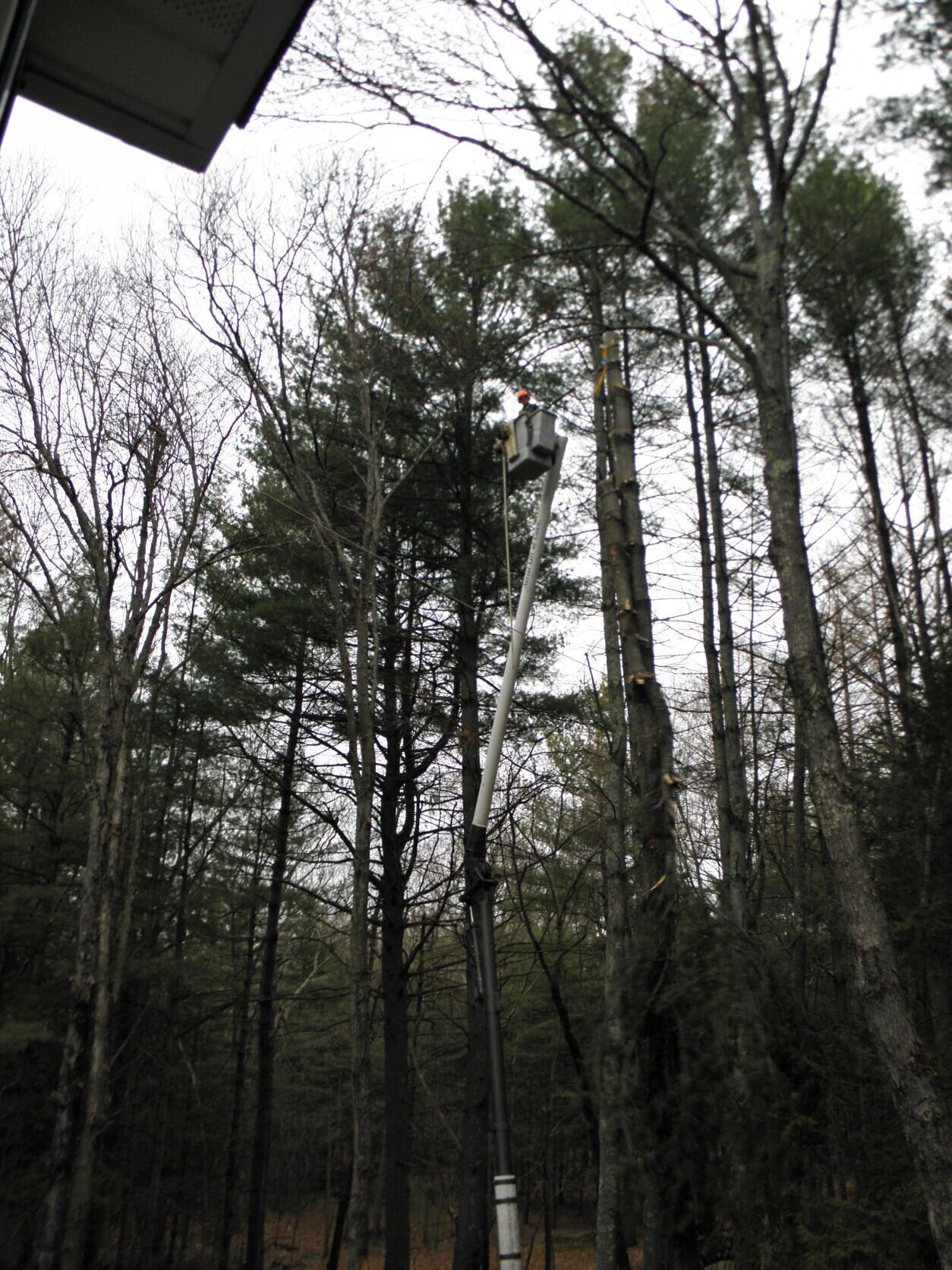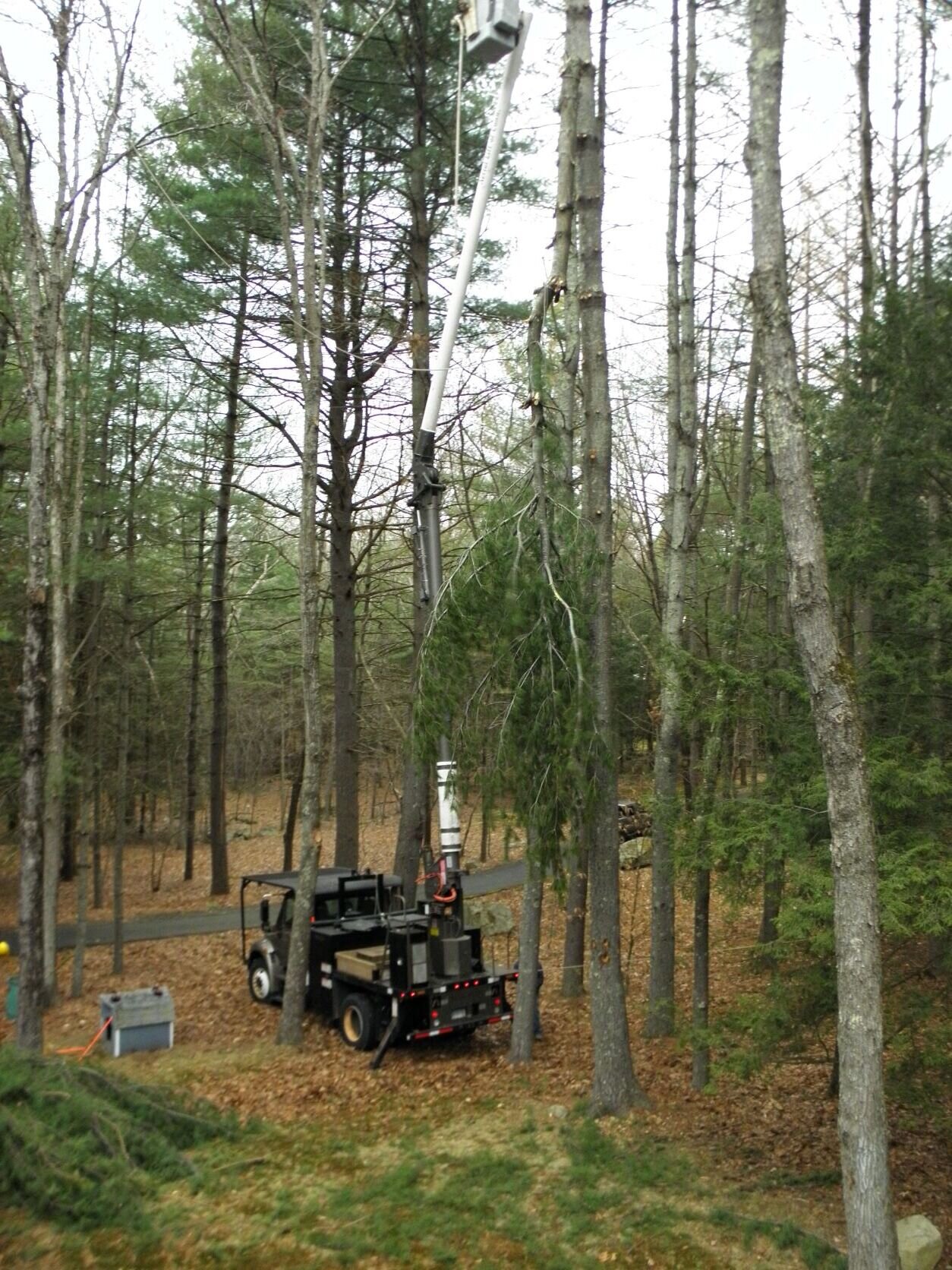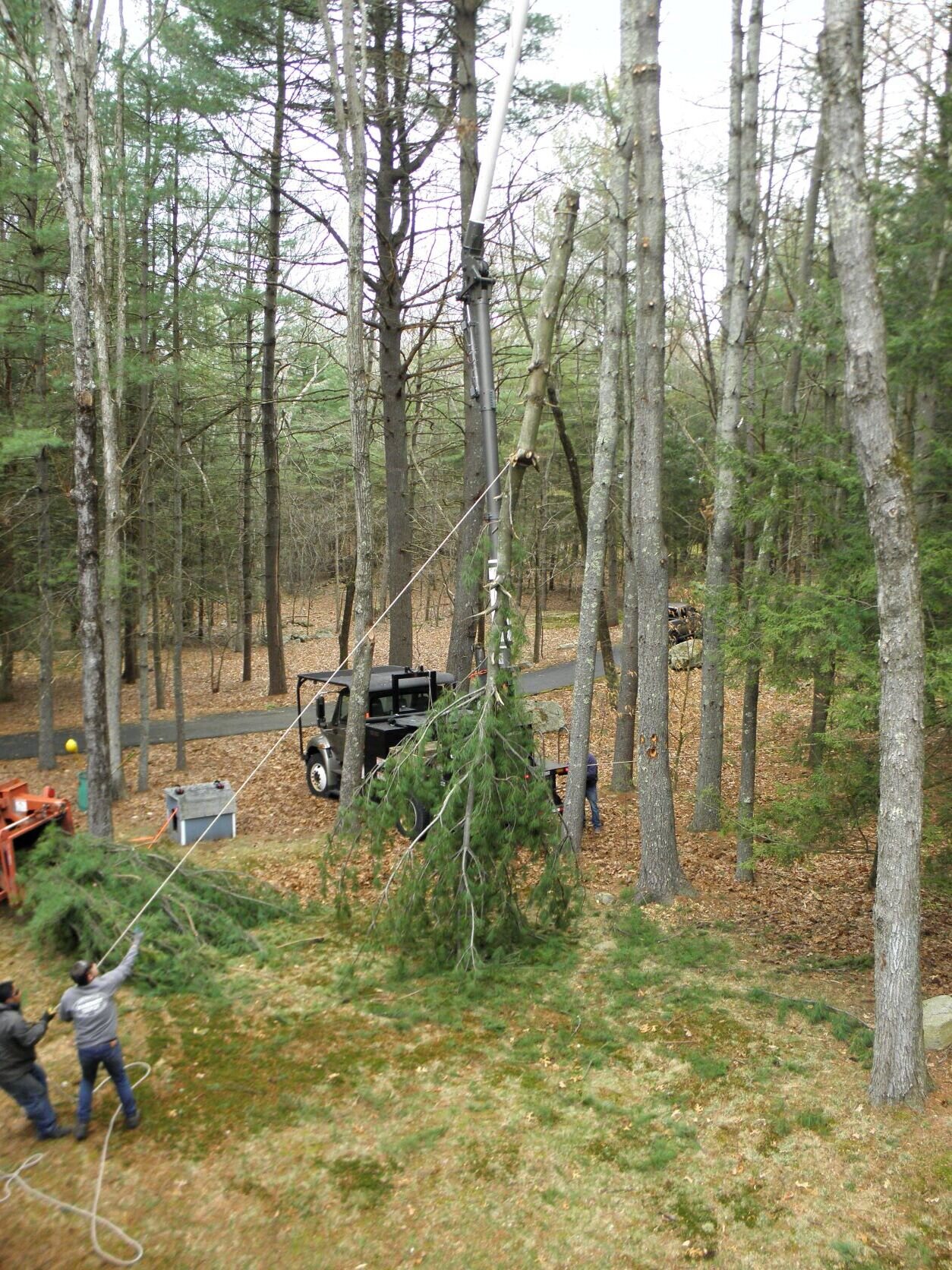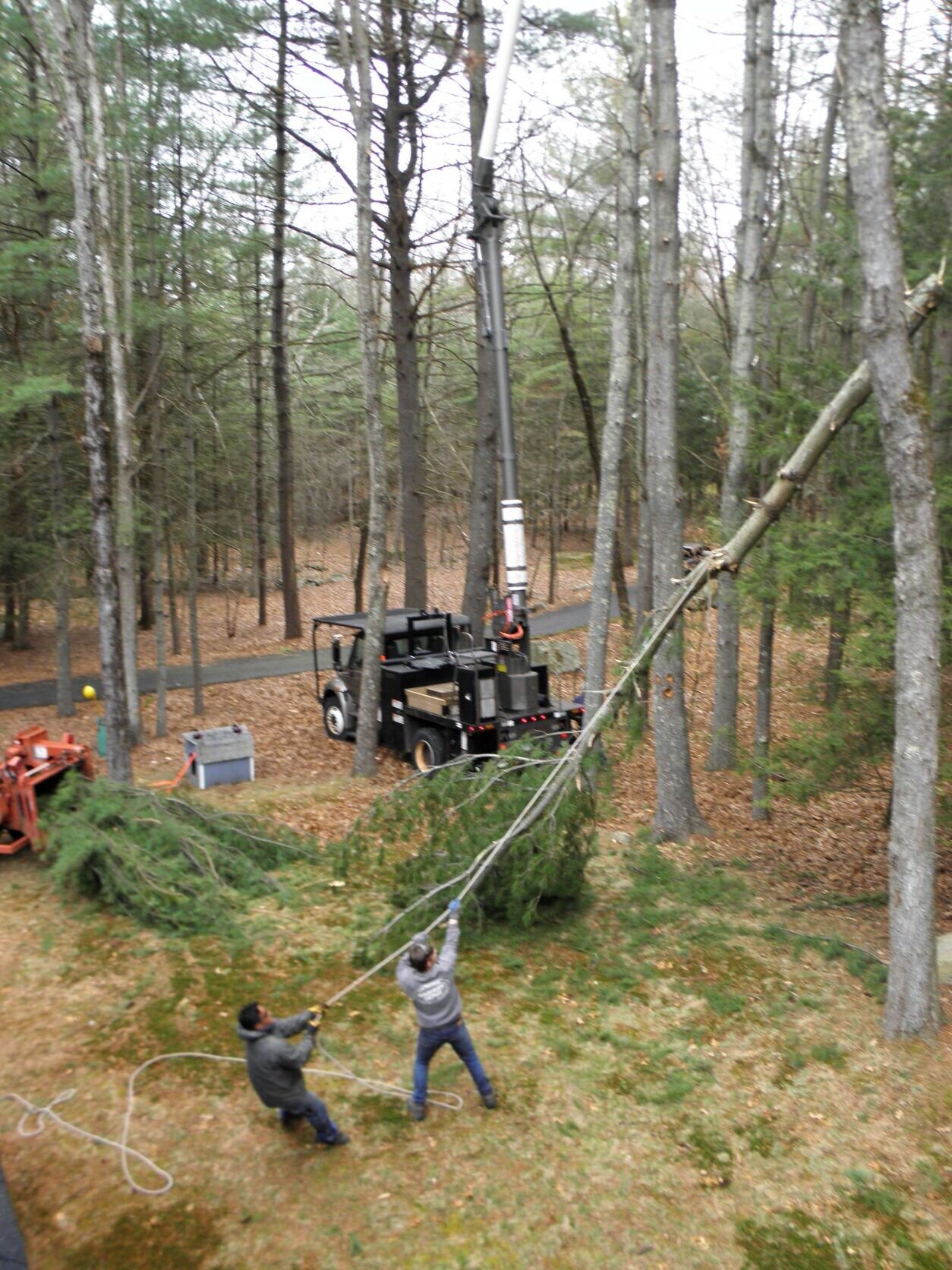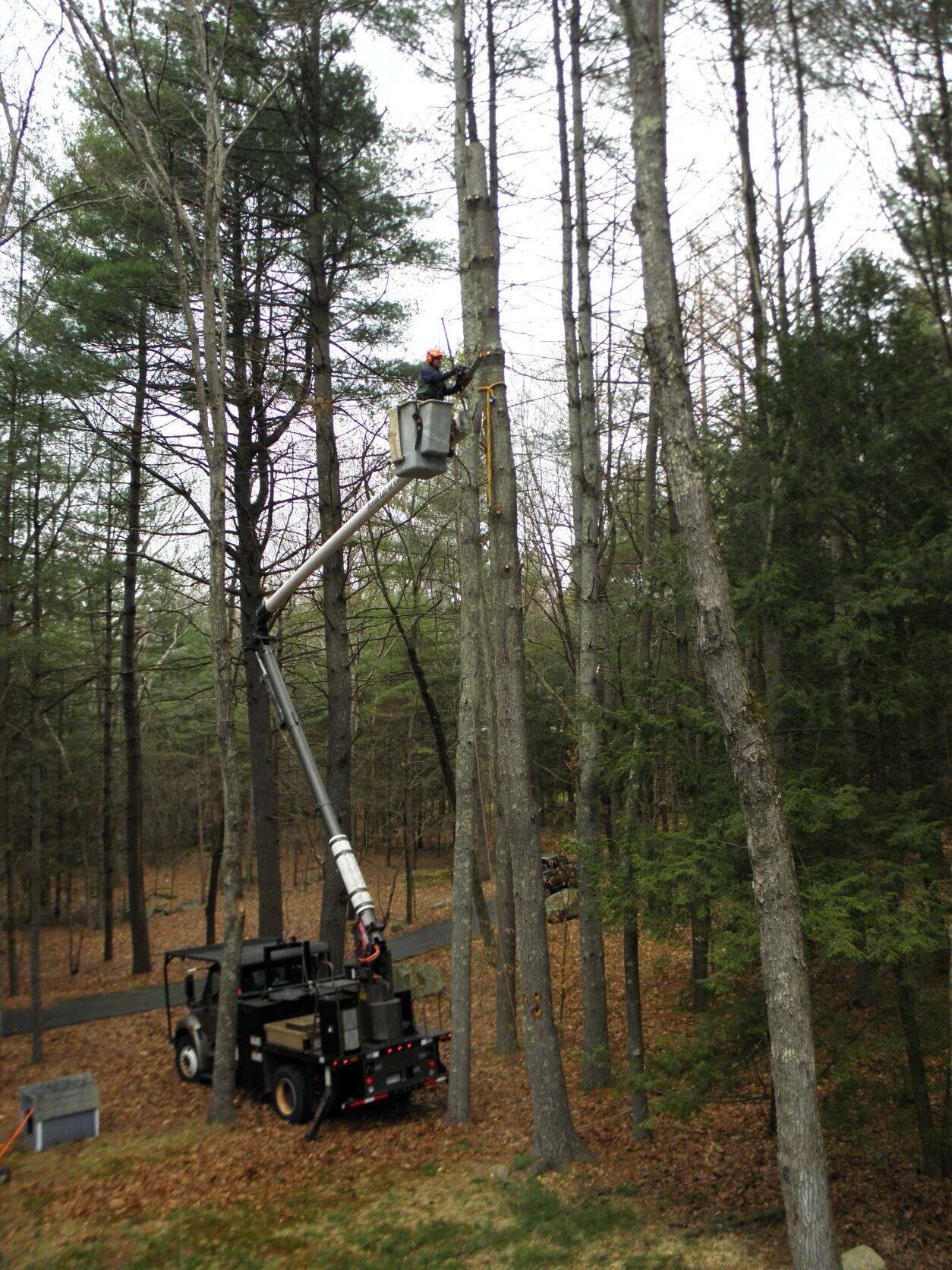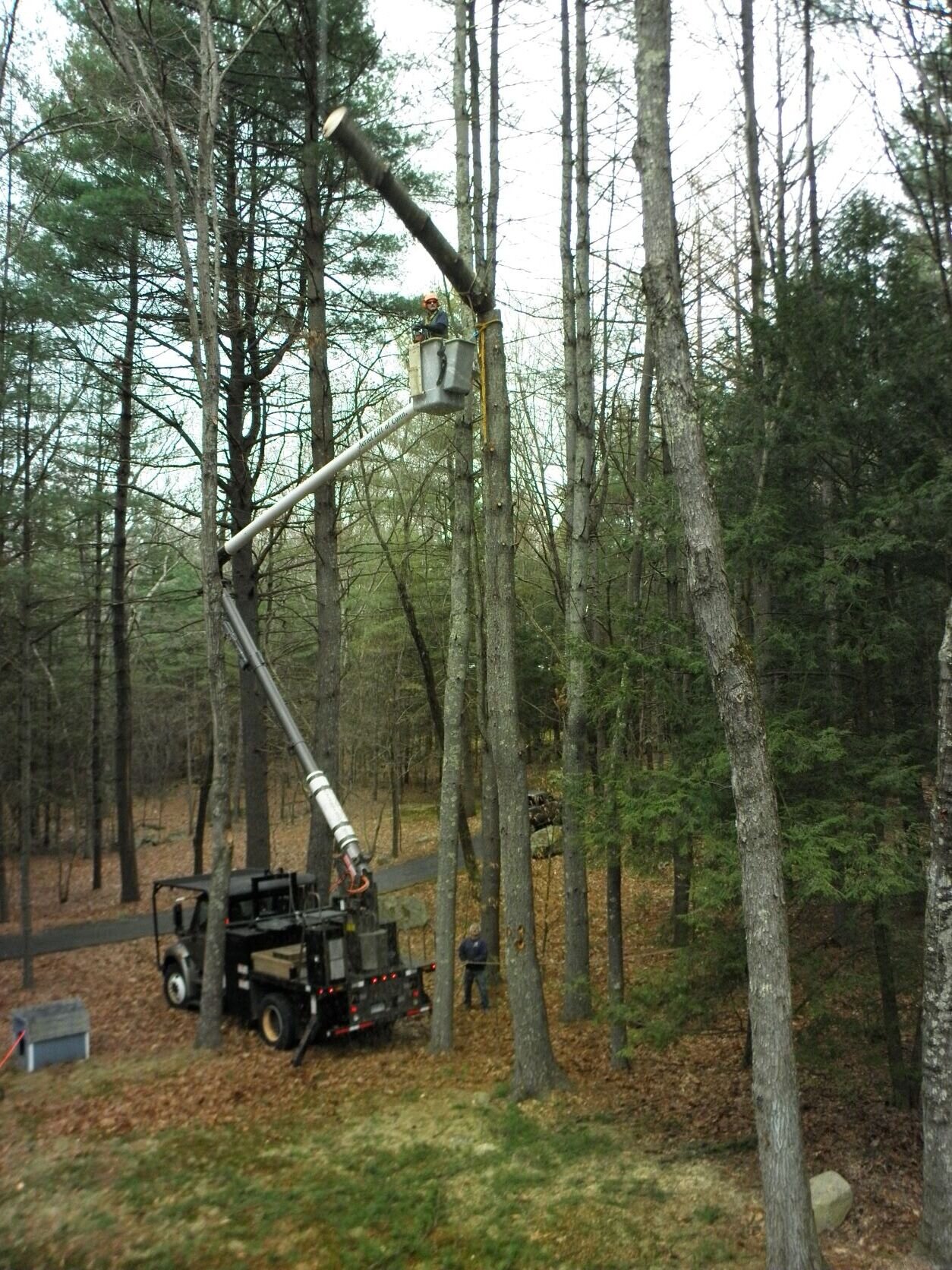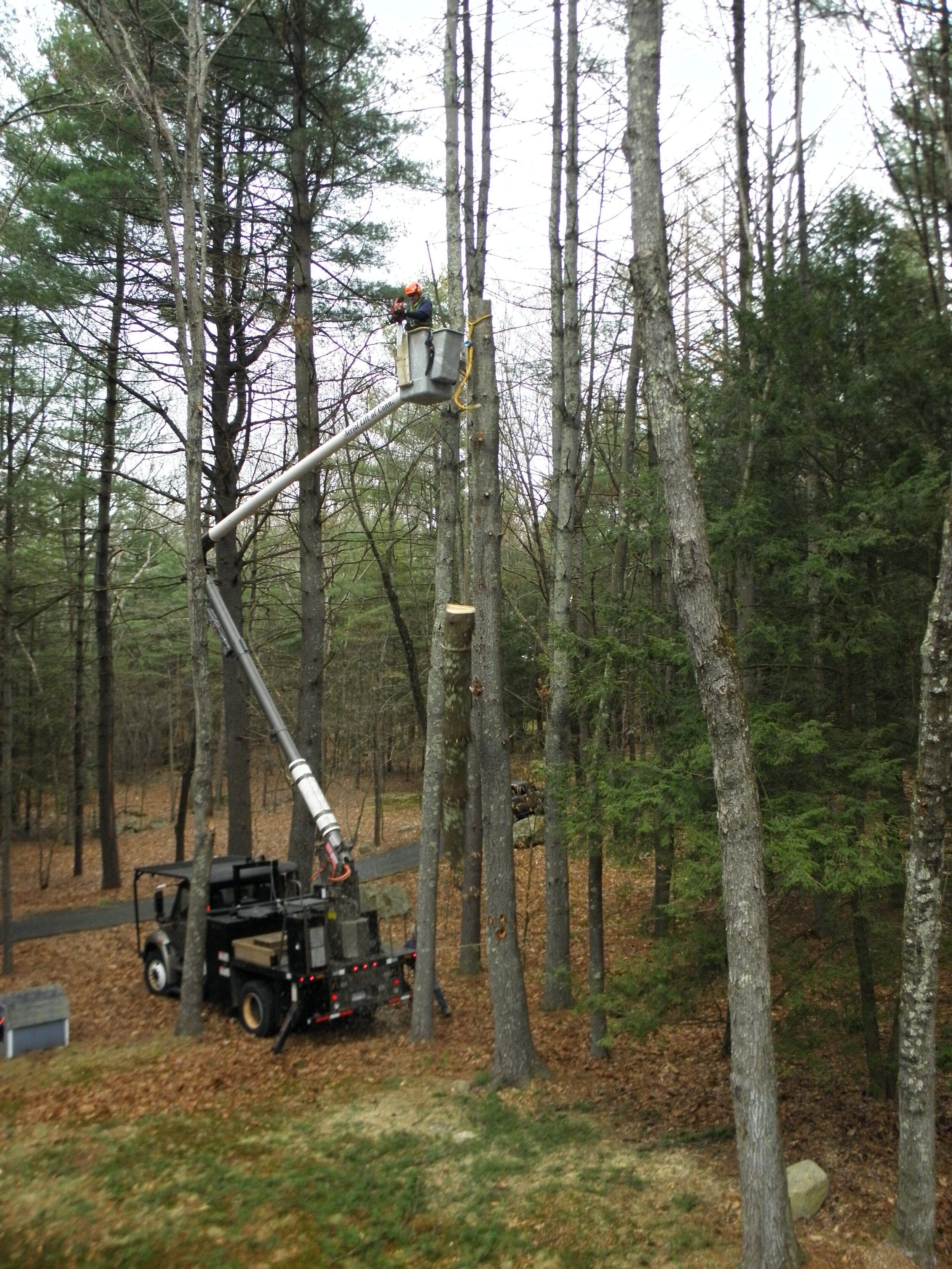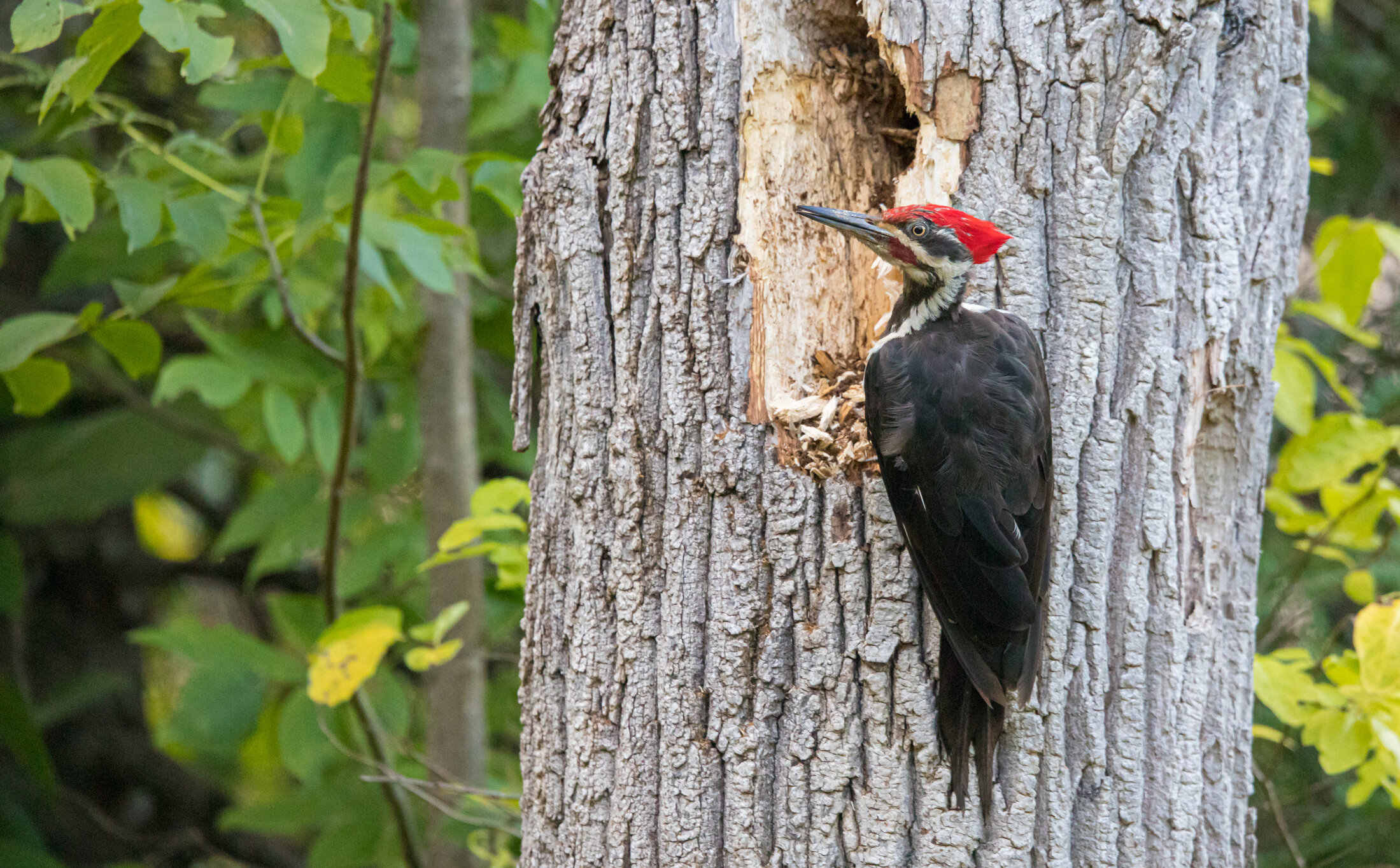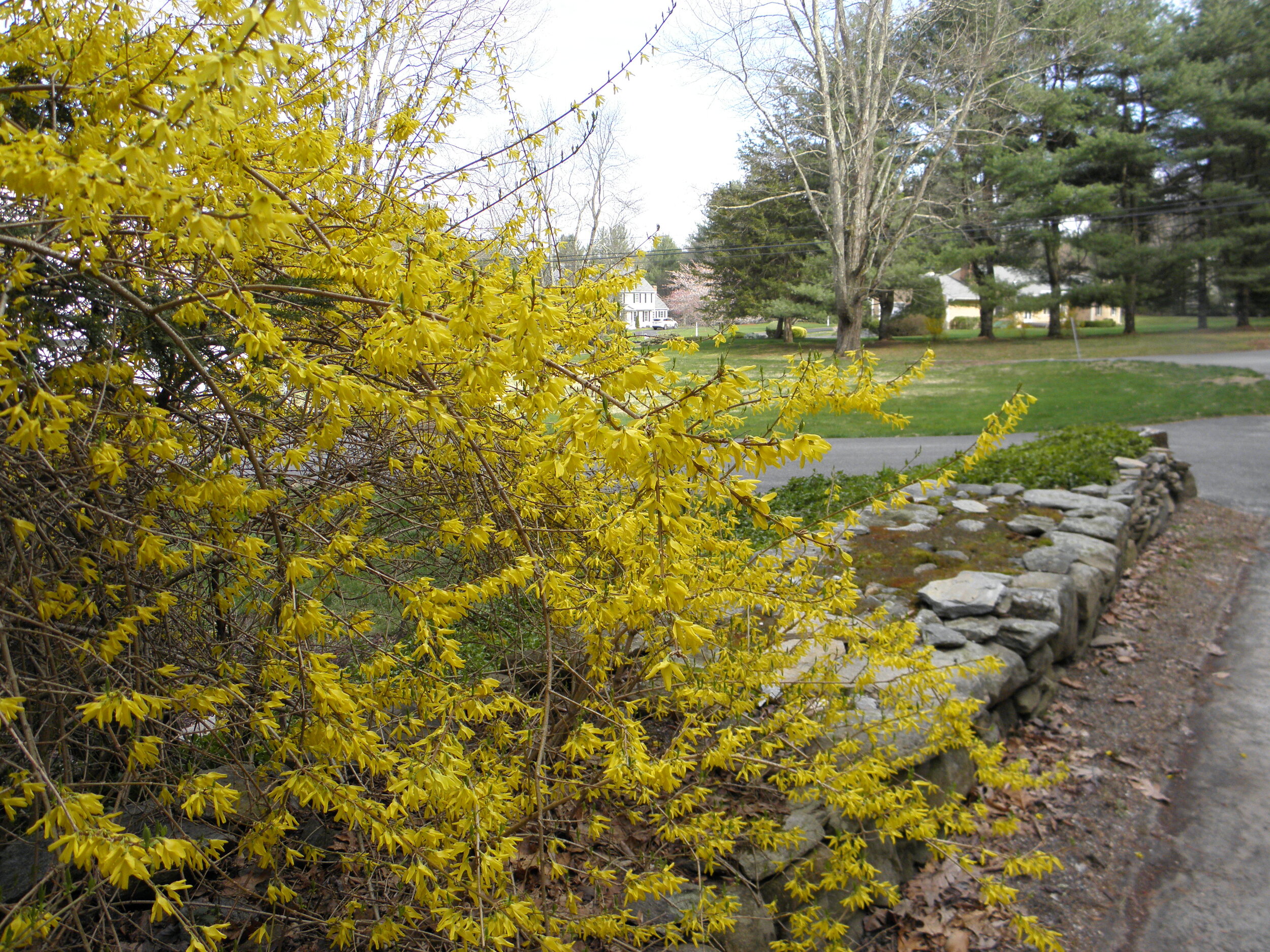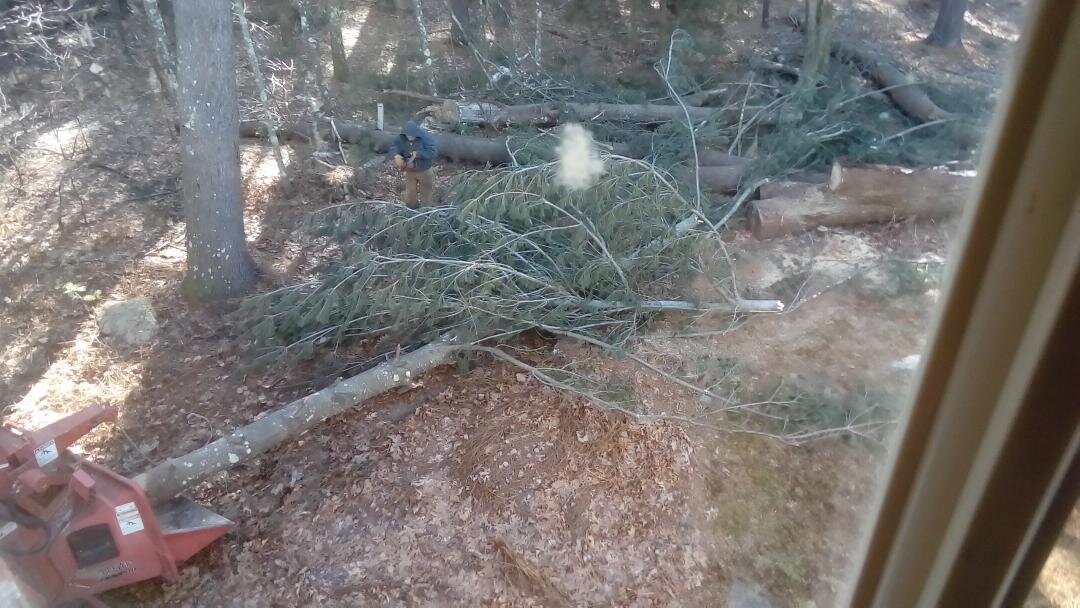What Can a Tree Service Professional Tell You About Witch Hazel?
Did you know that Connecticut is the world capital of witch hazel? Popular skincare products are made from a shrub native to New England. The first commercial astringent products were made by T.N. Dickinson in the nineteenth century. He was inspired to create this versatile product — which can clean and protect the body — by watching how Native Americans would treat skin irritations and wounds with success.
Witch hazel also does something that most Connecticut homeowners don’t hope to have: clusters of rich yellow to orange-red flowers in the bleak winter months. This plant will bloom in late fall or early spring, depending on the species.
Tree Service Advice: Plant Witch Hazel
You don’t have to set up your own distillery to convert this plant to the clear liquid that can be used to clean skin. Your arborist will tell you it makes for a great addition to your yard because it is a native plant in Connecticut.
Native plants have adapted to this area and don’t need any special care to survive and thrive here. Once established (and your favorite tree service professional can help here), native plants are almost self-sufficient, without need for additional watering or fertilizer. They also support native animals and beneficial insects such as birds and bees.
Tree Service Advice: Enjoy Witch Hazel
A witch hazel plant can grow 10 to 20 feet tall and grows well in sun or part shade. You can use this plant to screen your home for privacy as you enjoy its beauty. A little pruning can give you the exact look you want and here is where a professional arborist can quickly shape your witch hazel and keep it healthy and strong.
Witch hazel also needs little fertilizer and can thrive in a Connecticut yard, which makes this plant very attractive for many homeowners. If you’re thinking of enhancing your home with something attractive but low maintenance, then witch hazel might be just the ticket.
Of course, it’s quite the conversation starter for proud Connecticut residents!



